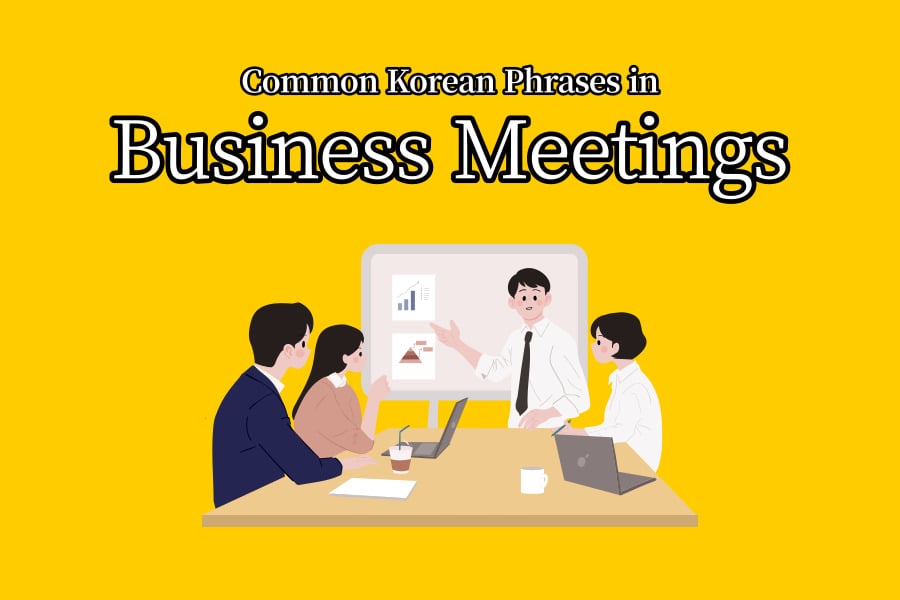
Introduction: Common Korean Phrases in Business Meetings
In the realm of international business, the ability to communicate effectively in the language of your partners is invaluable. For those venturing into the dynamic world of Korean business, understanding and using the right Korean phrases isn’t just a matter of language proficiency; it’s about respecting cultural nuances and fostering meaningful professional relationships.
This blog post aims to equip you with essential Korean phrases tailored for business meetings and provide insights into the cultural intricacies of the Korean corporate world. Whether you’re preparing for a crucial business meeting or looking to refine your professional Korean language skills, this guide is your stepping stone to success in Korean business interactions. ‘Common Korean Phrases in Business Meetings’ post now starts!
Navigating Business Meetings in Korean: Common Korean phrases in business meetings

Essential Greetings and Introductions
The first impression in a Korean business meeting is crucial, and it often starts with how you greet and introduce yourself. Common phrases like “안녕하세요” (Annyeonghaseyo – Hello) and “만나서 반가워요” (Mannaseo bangawoyo – Nice to meet you) are staples. When introducing yourself, a phrase such as “저는 [이름] 입니다” (Jeoneun [ireum] imnida – I am [name]) is appropriate. Remember, in Korean business culture, the exchange of business cards is a ritual; make sure to offer and receive cards with both hands as a sign of respect.
Important Phrases for Discussing Business Topics
In the thick of business discussions, phrases like “이 프로젝트에 대해 어떻게 생각하세요?” (I peurojekteue daehae eotteoke saenggakhaseyo? – What do you think about this project?) can be crucial. For expressing your agreement, “동의합니다” (Donguihamnida – I agree) is useful, while to express a need for consideration, “생각해보겠습니다” (Saenggakhaebogessseubnida – I will consider it) can be employed. These phrases can help navigate through the discussions smoothly, demonstrating your engagement and understanding of the matter at hand.
Cultural Nuances in Korean Business Settings

Understanding Hierarchical and Politeness Levels in Korean
Korean language has different levels of formality and politeness, heavily influenced by the hierarchical structure prevalent in Korean society. It’s essential to address someone using the correct level of politeness. For example, using “-습니다/-ㅂ니다” (seumnida/binida) endings conveys a high level of formality and respect, often necessary in business settings. Understanding and applying these language nuances can greatly affect how your communication is received and can demonstrate your respect for Korean business etiquette.
Korean business culture places great emphasis on respect and propriety, which is deeply ingrained in the language used in professional settings. Beyond the formal speech, understanding titles and positions is crucial. Addressing someone as “사장님” (Sajangnim – President) or “부장님” (Bujangnim – Department Manager) not only shows respect but also acknowledges their position within the company hierarchy.
Another key aspect is the use of ‘listening phrases’. In Korean, it’s common to use phrases like “그렇군요” (Geureohgunyo – I see) or “알겠습니다” (Algessseubnida – I understand) to show that you are actively engaged in the conversation. These subtle language cues can significantly enhance the effectiveness of your communication in a Korean business environment.
Understanding the importance of non-verbal communication is also pivotal. In Korea, body language, such as bowing slightly as a sign of respect, maintaining eye contact, and being attentive, plays a significant role in conveying sincerity and respect in business interactions.
Practice Scenarios: Apply Common Korean Phrases in Business Meetings

To enhance your proficiency in Korean for business contexts, here are some practical expressions, common Korean phrases in business meetings that can be used in various work-related scenarios:
- Starting a Meeting:
- “여러분, 회의를 시작하겠습니다.” (Yeorobun, hoeireul sijakhagessseubnida – Everyone, let’s start the meeting.)
- Use this phrase to formally begin a meeting. It sets a professional tone right from the start.
- Introducing a New Idea or Proposal:
- “이 아이디어에 대해 말씀드리고 싶습니다.” (I aideie daehae malsseumdeurigo sipseumnida – I would like to talk about this idea.)
- This phrase is useful when you’re about to present a new idea or proposal in the meeting.
- Asking for Opinions:
- “여러분의 생각은 어떠신가요?” (Yeoreobunui saenggageun eotteosingayo? – What are your thoughts?)
- Encourage participation and feedback from colleagues or clients using this phrase.
- Agreeing with a Point:
- “저도 그렇게 생각합니다.” (Jeodo geureohge saenggakhamnida – I think so too.)
- This is a polite way to express agreement with someone’s point or suggestion.
- Requesting Clarification:
- “좀 더 설명해 주실 수 있나요?” (Jom deo seolmyeonghae jusil su innayo? – Could you explain a bit more?)
- When you need further information or clarification, this phrase is respectful and effective.
- Concluding a Point or Meeting:
- “이상으로 제 발표를 마치겠습니다.” (Isangeuro je balpyoreul machigessseubnida – With that, I will conclude my presentation.)
- Use this to gracefully conclude a presentation or a segment of the meeting.
- Expressing Gratitude at the End of a Meeting:
- “오늘 회의에 참석해 주셔서 감사합니다.” (Oneul hoeie chamseokhae jusyeoseo gamsahamnida – Thank you for attending today’s meeting.)
- This is a courteous way to thank everyone at the end of a meeting.
By incorporating these expressions into your business interactions, you’ll not only improve your Korean language skills but also demonstrate a deep respect for Korean business etiquette. These phrases, when used appropriately, can greatly enhance your professional communication in Korean settings.
Conclusion
It was ‘Common Korean Phrases in Business Meetings’ post. In the dynamic landscape of Korean business, effective communication goes beyond just words; it’s about embracing the cultural nuances and conducting oneself with the right etiquette. By understanding and applying the Korean phrases and cultural insights shared in this blog, you’re well on your way to navigating Korean business settings with confidence and professionalism. Remember, language is a bridge that not only connects us but also enriches our intercultural experiences.
For further learning and practice, explore the various courses and resources offered by JAEM Korean, tailored to help you excel in your Korean language journey. Dive deeper into the Korean language and culture, and take your business interactions to the next level. Please leave a comments if you liked ‘Common Korean Phrases in Business Meetings’ post. 🙂
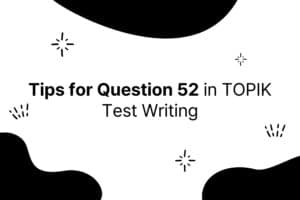



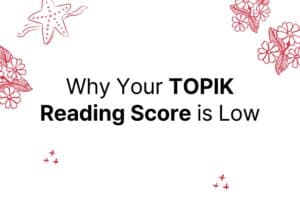

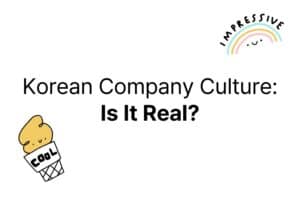
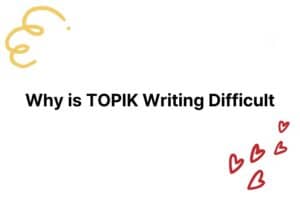
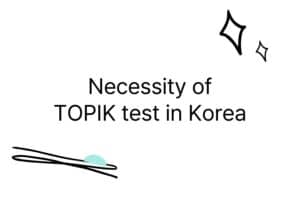
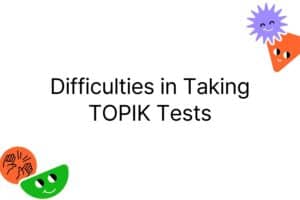


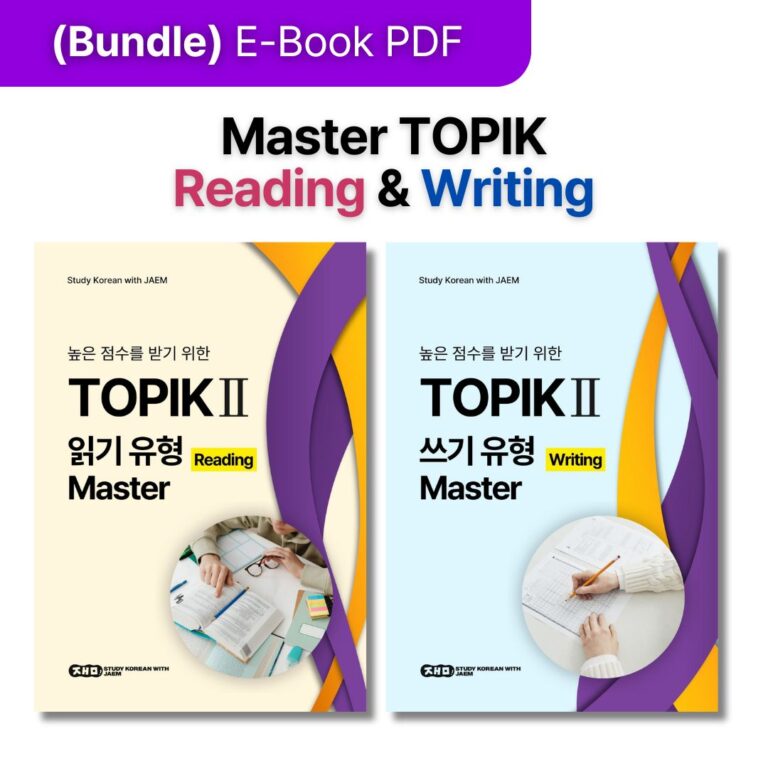



Responses